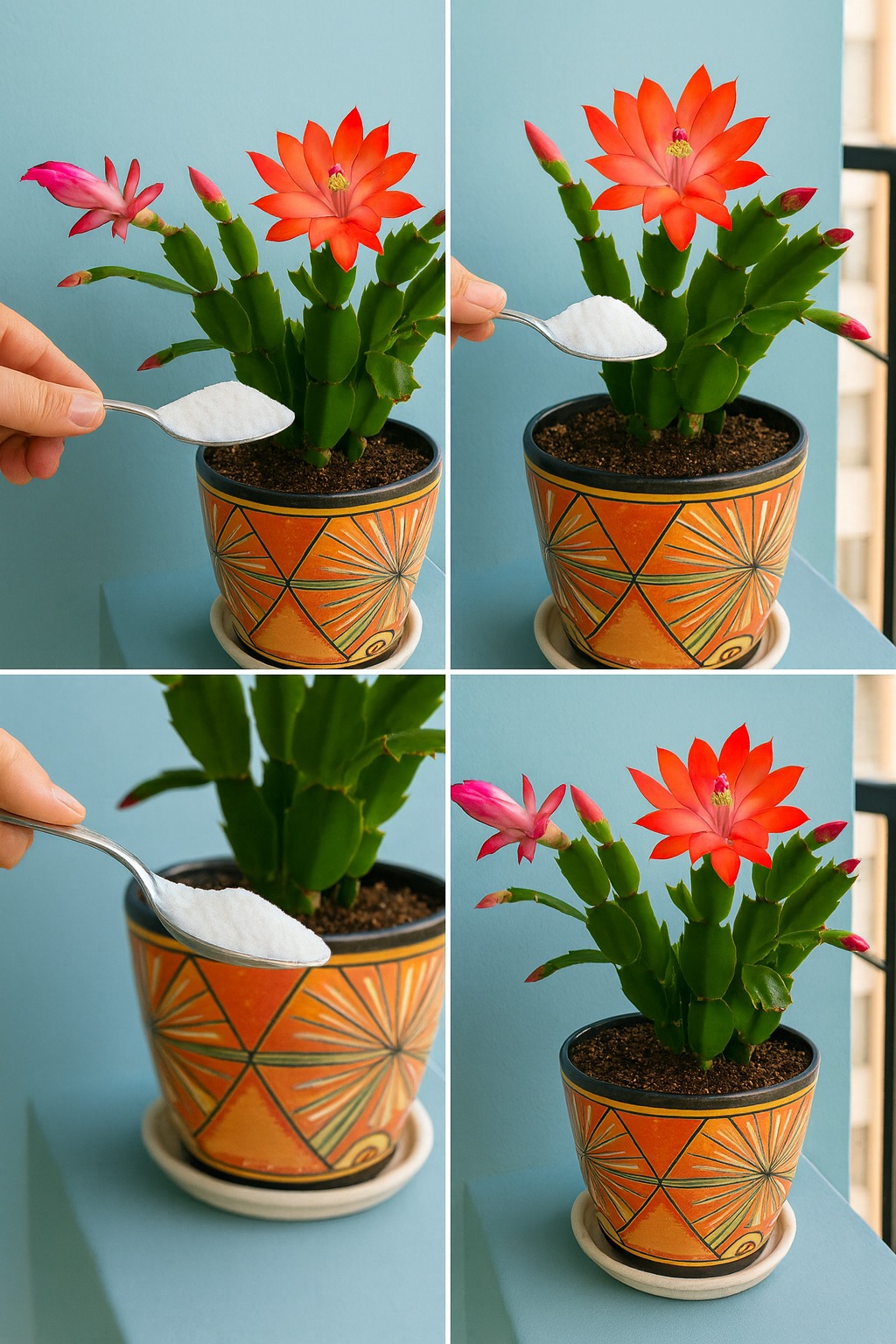The Christmas Cactus, scientifically known as Schlumbergera, is a popular and beautiful houseplant cherished for its vibrant blooms during the holiday season. Also called Santa Teresita or Forest Cactus, this unique plant stands out from traditional desert cacti due to its tropical origins and care requirements. With the right attention, your Christmas Cactus can bloom spectacularly year after year and remain a stunning addition to your indoor garden.
This guide will provide you with everything you need to know about caring for this charming plant — from watering and light requirements to fertilization and blooming tips.
Origin and Characteristics
Unlike desert cacti, the Christmas Cactus is native to the tropical rainforests of Brazil, where it grows as an epiphyte on trees, thriving in humid, shaded environments. It has flat, segmented stems that resemble leaves and produces striking, tubular flowers in shades of red, pink, white, or purple.
Blooming usually occurs around late November to early January, coinciding with the holiday season — hence the name Christmas Cactus. Proper care is essential to encourage vibrant flowering and maintain plant health.
Light Requirements
The Christmas Cactus prefers bright but indirect light. Direct sunlight can scorch its delicate stems and cause discoloration, so it’s best to place it near a window with filtered light or in a bright room away from harsh sun rays.
During winter months, when natural light is reduced, you can place the plant closer to a bright window to encourage blooming. However, avoid sudden changes in lighting, as the plant prefers gradual adjustments.
Watering Guidelines
Watering is one of the most crucial aspects of Christmas Cactus care. This plant likes its soil to be consistently moist but not soggy.
Watering frequency: Water thoroughly when the top inch of soil feels dry. During active growth and blooming (spring through early winter), increase watering slightly.
Avoid waterlogging: Ensure the pot has good drainage to prevent root rot, which can easily affect this plant.
Humidity: The Christmas Cactus enjoys higher humidity levels compared to desert cacti. Mist the plant occasionally or place it near a humidity tray to maintain moisture in the air.
In the dormant period after flowering, reduce watering to allow the plant to rest.
Temperature Preferences
Ideal temperatures for the Christmas Cactus range between 60°F and 70°F (15°C to 21°C). Avoid exposing the plant to temperatures below 50°F (10°C) or sudden cold drafts, as these can stress the plant and inhibit blooming.
At night, slightly cooler temperatures encourage bud formation. Therefore, placing the plant in a cooler room during the fall can help trigger flowering.
see continuation on next page
